When working with electrical valves in an industrial environment, you need to properly connect the valves with the electrical interface circuits. For this, connectors called DIN valve connectors are used. They help to connect the mechanical assembly of the valve with the electrical circuit. There are many types of DIN valve connectors, which must be understood before using them. Otherwise, choosing the wrong one for the wrong type is always troublesome. In this post, we will see the types of DIN valve connectors.
What is a DIN valve connector?
First of all, let us see what a DIN valve connector is. A solenoid Valve is just a mechanical device, which needs to be operated electrically for control. For this, some electrical power source must be given to it. This task is done by a DIN (Deutsches Institut fur Normung) valve connector. The connector will join the outside pins provided in the valve to the actual electrical pins of the wiring, which will be done. So, it is an interface between the electrical wires and the valve assembly. You cannot connect the wires directly to the assembly. Refer to the image below for more details.
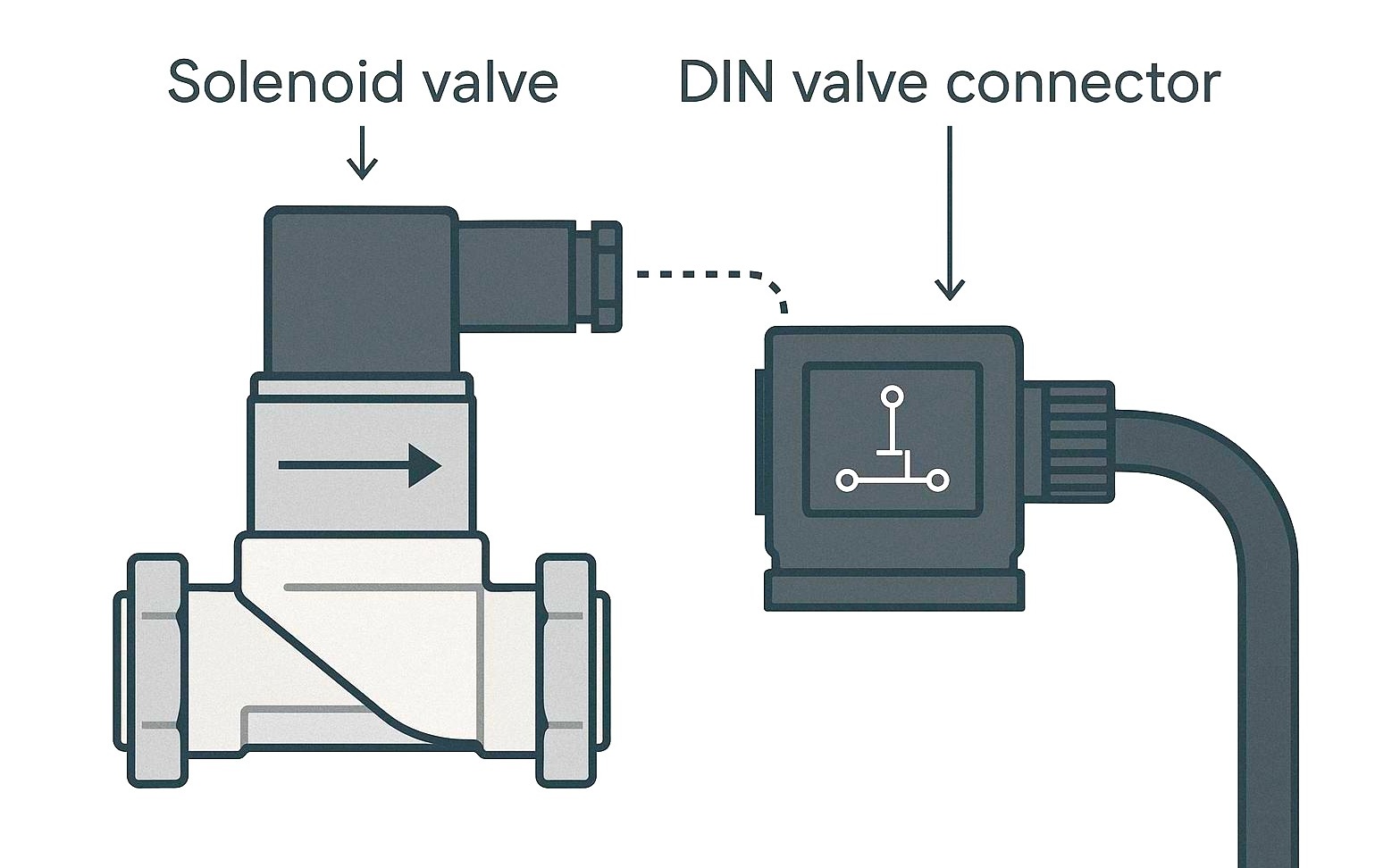
A DIN valve connector protects the electrical assembly of the valve from the outer environment. Apart from valves, they can also be used for sensors, switches, and similar devices. As they are plug-and-play devices, you can easily replace them or maintain them. Many connectors nowadays also have indicators on them like LED, which helps in further troubleshooting.
What are the different types of DIN valve connectors?
Form A connector
Form A connector is the biggest type of connector. There is a spacing of almost 18 mm between the two most extreme end horizontal pins. The third pin is usually used for a ground connection. As they are big in size, they make it easy to use and connect, as can be seen in the figure below. They are built in accordance with EN 175301-803-A standard.
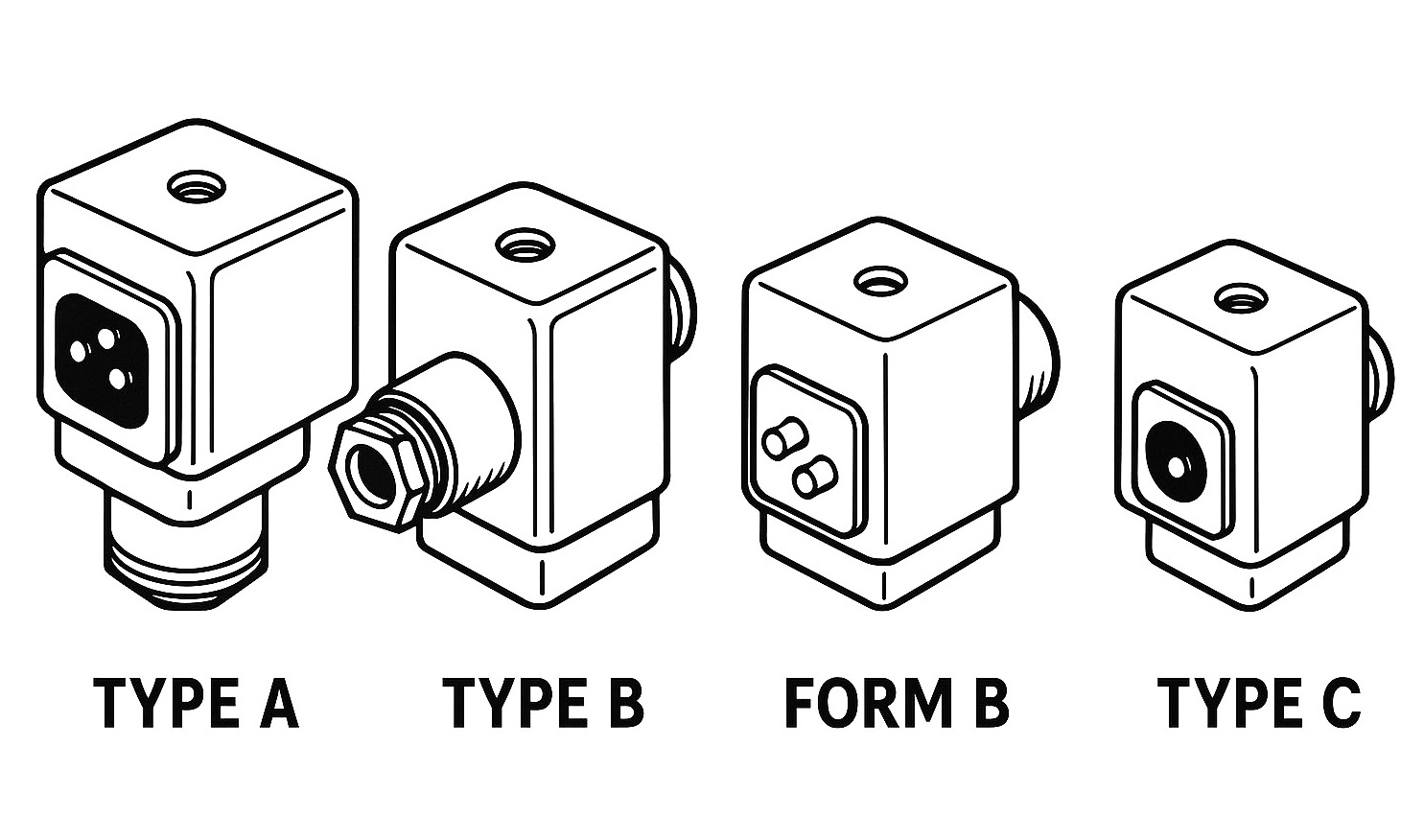
Form B connector
Form B connector is the second biggest type of connector after Form A. There is a spacing of almost 10-11 mm between the two most extreme end horizontal pins. The third pin is usually used for a ground connection. The pin configuration of Form B is somewhat different than Form A, which can be seen in the figure below. It can be either two flat and one round, or all flat. flat and one round pin, or all flat ones. They are built in accordance with EN 175301-803-B standard.
Form C connector
Form C connector is the smallest type of connector after Form B. There is a spacing of almost 8-9 mm between the two most extreme end horizontal pins. The third pin is usually used for a ground connection. It is in the shape of a flat one. They are built in accordance with EN 175301-803-C standard.
So, when you choose the right DIN valve connector, you need to consider the appropriate spacing size of the valve supported. Power supply ratings can be read in the catalogue for choosing the right one. Many connectors have in-built LED indicators and also rectifiers and diodes for surge and electrical spikes protection, which can increase the cost a little bit. So, choose the one according to your requirements.
In this way, we saw the types of DIN valve connectors.
Read Next:
- Compare Control Valve and Shut-off Valve
- Identify Valve Parts Quiz with Answers
- Top 100+ Valve Questions and Answers
- Motor Operated Valve Root Cause Lesson
- What is a Servo Valve? – Principle, Advantages
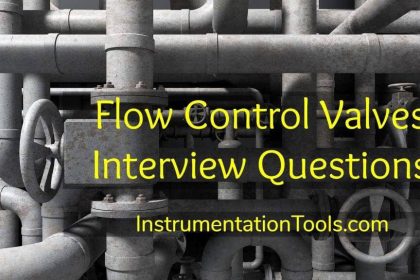
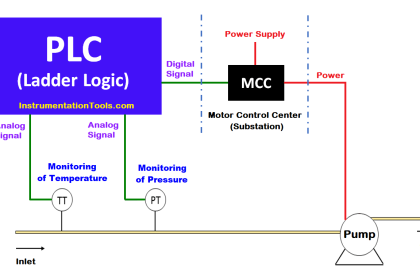
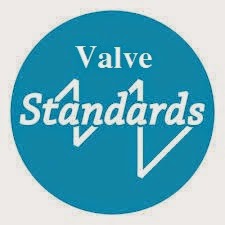
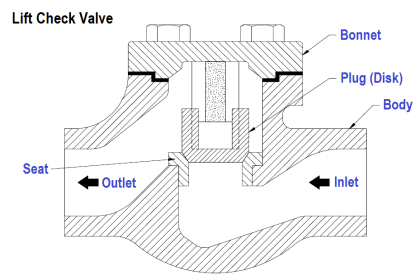
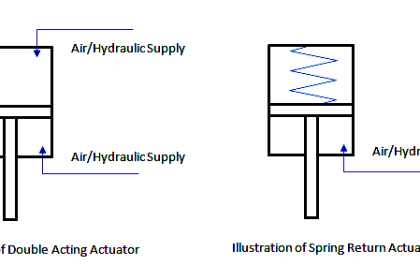
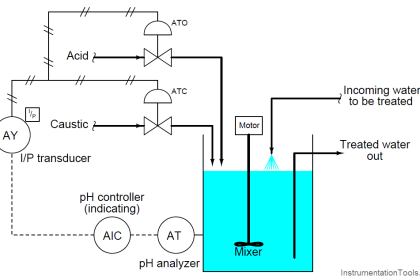
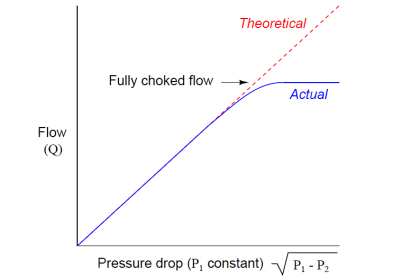
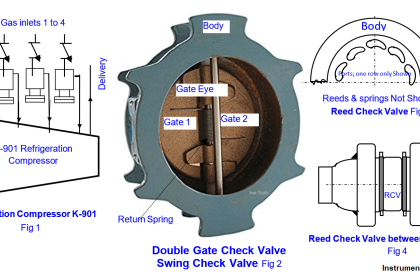
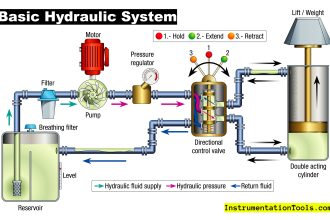
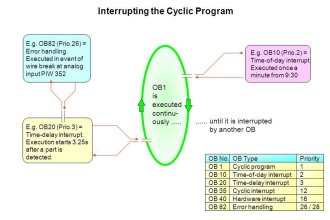
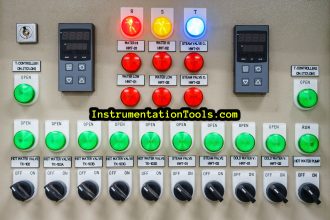
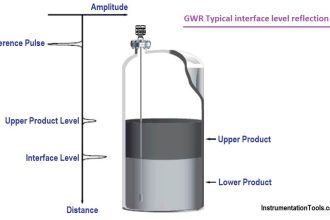
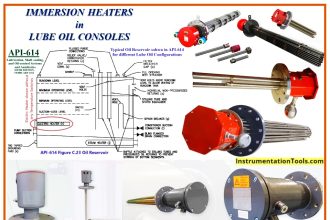
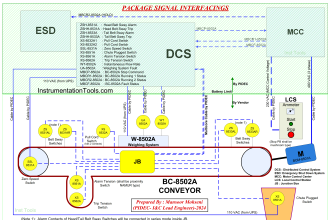
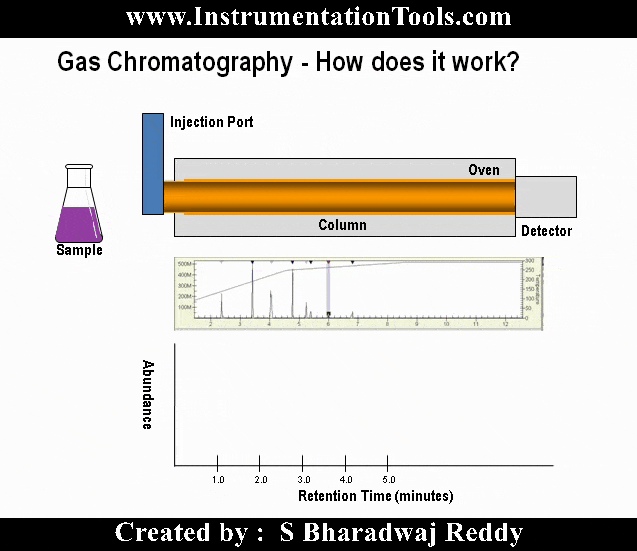
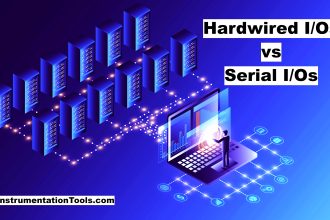

Greetings,
My name is Alex Reynolds, i am interested in ordering a product listed on your site. Could you kindly confirm its availability and send your current product catalog with pricing and minimum‑order details? I will follow up shortly with exact quantities.
Thank you for your assistance.
Kind regards,
Alex Reynolds
Purchasing Manager
Email, info@mjashc.com